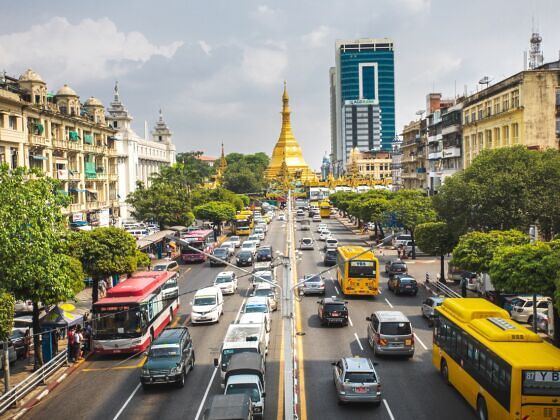1. Downtown Yangon is an architectural time warp.
Yangon is often described as stuck in time. After 120 years of British occupation ended after World War II, the once-prosperous capital missed out on the late 20th century’s Asian economic boom. The outcome: street after street of grandiose architecture built by the British empire. Yangon’s downtown buildings, though crumbling and mold-nibbled, are still stately and impressive. But don’t swoon too hard. Keep in mind that the British empire subdued Myanmar (then titled Burma) through three bloody wars. The occupiers’ architecture was, as a Myanmar architect wrote recently in an op-ed, “imposed on us in a show of British power.”
